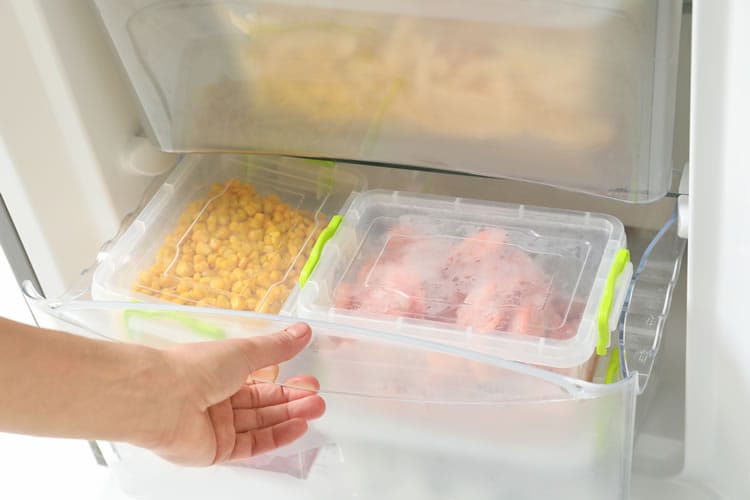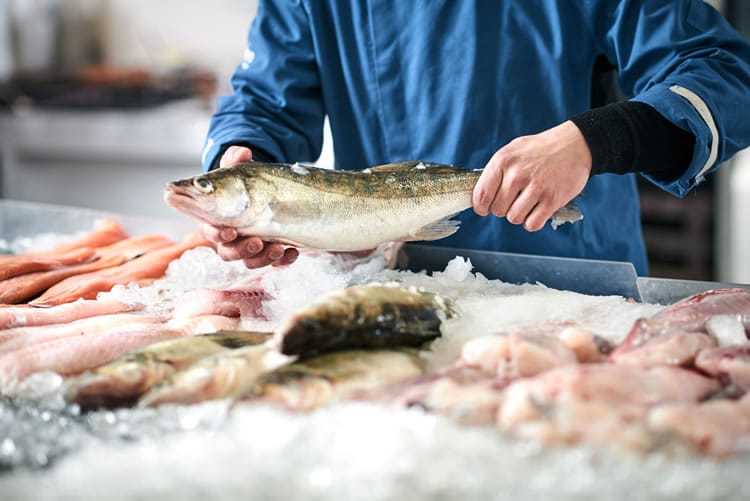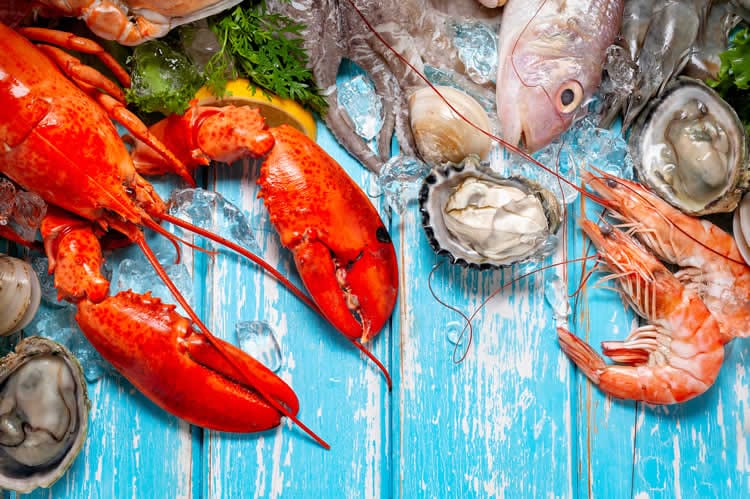Seafood Storage 101: Tips for Keeping Your Seafood Fresh
Proper seafood storage is essential for maintaining the quality, safety, and flavor of your fish and shellfish. In this article, we’ll share expert tips and guidelines to help you store your seafood correctly, extending its shelf life and ensuring that you enjoy the best possible taste and texture.
When it comes to enjoying the finest seafood, freshness is key. However, maintaining that freshness requires proper storage techniques to keep your fish and shellfish in top condition until you’re ready to cook and savor them. In this comprehensive guide, we’ll share expert tips and guidelines for storing your seafood, helping you extend its shelf life and ensure that you experience the best possible taste and texture.
First and foremost, it’s crucial to purchase the freshest seafood available. At Stewby’s Seafood Shanty, we pride ourselves on sourcing the highest quality, locally caught fish and shellfish, ensuring that our customers enjoy the freshest seafood possible. When shopping for seafood, look for fish with clear, bright eyes, firm flesh, and a mild, ocean-like aroma. Shellfish should have tightly closed shells and a fresh, briny scent.
Once you’ve brought your seafood home or back from a fishing trip, it’s essential to store it properly. The ideal storage temperature for seafood is between 32°F and 38°F (0°C and 3°C), which is colder than a typical home refrigerator. To achieve this temperature, place your seafood on a bed of ice in a shallow container, then store the container in the coldest part of your refrigerator, usually the back.
If you plan to store your seafood for more than a day, it’s important to replenish the ice as it melts to maintain the proper temperature. Alternatively, you can use frozen gel packs or a sealed plastic bag filled with ice to keep your seafood chilled. Be sure to drain any melted ice to prevent your seafood from sitting in water, which can accelerate spoilage.
When storing different types of seafood, it’s crucial to keep them separate to avoid cross-contamination. Raw fish and shellfish should be stored away from cooked or ready-to-eat foods, and different species should be kept in separate containers. This not only prevents the transfer of bacteria but also helps maintain the unique flavors of each type of seafood.
Proper wrapping is another key factor in seafood storage. To minimize air exposure and prevent dehydration, wrap your seafood tightly in plastic wrap, aluminum foil, or moisture-proof paper. If you plan to store your seafood for an extended period, consider vacuum sealing it or placing it in an airtight container to further extend its shelf life.
The storage duration for seafood varies depending on the species and its initial freshness. As a general rule, fresh fish can be stored in the refrigerator for up to two days, while shellfish should be consumed within one to two days. If you need to store your seafood for longer, freezing is an excellent option. To freeze seafood, wrap it tightly in moisture-proof packaging, label it with the date, and store it in the freezer for up to six months. When you’re ready to use your frozen seafood, thaw it gradually in the refrigerator overnight to preserve its texture and flavor.
For more detailed information on seafood storage guidelines, consult the FDA’s Safe Storage Times Chart. By following these expert tips and guidelines, you can ensure that your seafood remains fresh, safe, and delicious, whether you’re enjoying it at home or at Stewby’s Seafood Shanty.
At Stewby’s, we understand the importance of proper seafood storage, which is why we go to great lengths to maintain the freshness and quality of our fish and shellfish. From the moment our seafood is caught to the time it reaches your plate, we adhere to strict storage and handling practices to guarantee that you enjoy the very best seafood experience. Visit us today and taste the difference that proper seafood storage makes.













